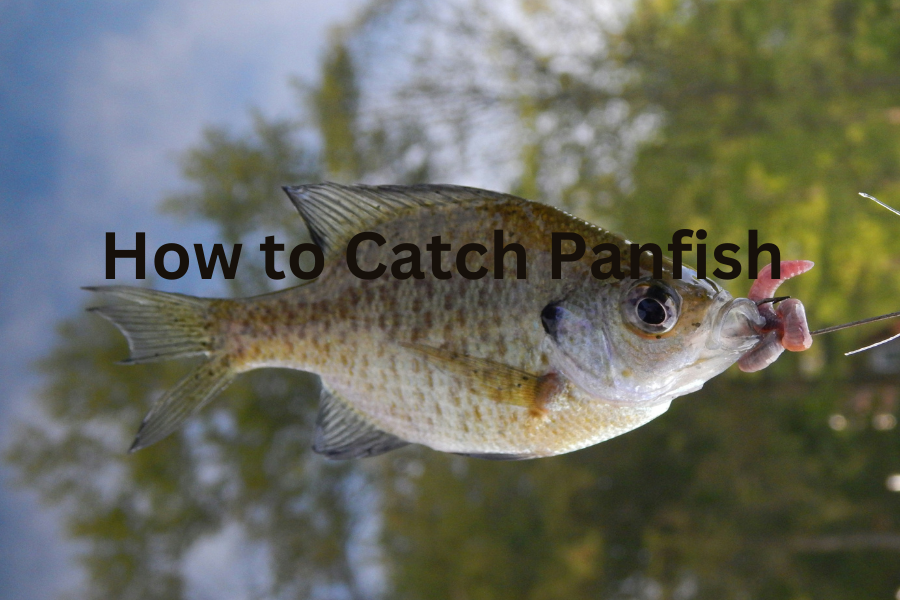Panfish can be the most fun fish to catch. In my mind, they are just as fun to catch the more infamous bass or catfish. There is nothing like the simplicity and easiness of catching bluegills all day. However, there are very few people who know where to start when it comes to catching panfish. So this article will go over the beginning steps of catching panfish.
What you need
Firstly, let’s go over the gear you will need to start catching panfish.
- An ultralight fishing rod and reel with 4-6 pound line.
- Hooks, size 8.
- Split shots.
- Small soft plastics.
- Worms.
- Bread.
- Pliers.
There is not a lot of gear you need to catch panfish as they are pretty simple fish. You can get everything you need for around 40 dollars.
Getting set-up
Setting up a panfish is extremely easy, all you need is to tie a hook onto the end of your line, place a split shot rough 3-6 inches above your hook, and thread your bait of choice onto the hook.
For soft plastics, I like to use a similar hook setup to how you would set up a swimbait. Threading the hook through the nose of the bait as far into the bait as possible then poking the hook out of the side of the soft plastic. Worms can be hooked in pretty much any way to where they won’t fall off the hook when casting and bread can simply be molded around the hook.
Split shot placement is not very important. Keeping your split shot closer to your bait will give you more control over your grub and can get more action from the bait. But if you are using live bait, you might want to put your split shot higher so that your bait can stay away from the weight and bottom keeping it more natural in the water.
Where to fish
Panfish are fish that populate areas very densely and have very particular areas where they like to hang out. Because they are a smaller fish, you won’t find a panfish in the deepest parts of a lake but rather in areas close to shore with a lot of structure.
Brushpiles, rocks, shelves, docks, and pretty much any structure that is within 20 yards of the shore is bound to have panfish. Casting your bait alongside the area of the structure you will be able to get the attention of any fish that may be hiding in said structure.
Next, you’ll want to work all along the sides of the structure till you either catch all the fish there or the fish stop biting. Don’t bother spending too much time in one area, if you don’t get a bite within 15-20 casts then you can go ahead and move to a new spot. Panfish are generally pretty competitive and aggressive when it comes to getting food, so if they don’t bite pretty soon, then they are probably not in the area.
When you should choose one bait over the other
Now that we know what gear you need and where you need to be fishing, we can take a look at when you should use one bait over the other.
Soft plastics are my favorite because they work in almost all conditions and almost everywhere. I have yet to find a time when I can’t catch a bluegill on a grub or worm imitation bait. However, sometimes it won’t work as well as live bait like worms.
With worms, you have the ability to cast to areas and let your bait sit and wait for the fish to come to you. This can be especially helpful in areas where fish are under constant pressure from other fishermen and something real would seem more appealing to the fish.
If you are in a residential area, chances are that people are feeding the fish, ducks, or other wildlife with bread. This means you can be sneaky and put a hook in a piece of bread and get a panfish to eat it. It might not be the most sportsman way to catch fish, but who cares, it most definitely works.
Conclusion
Panfish can be some of the most fun fish to catch. The gear is cheap, the fish are easy to find, they put up a good fight, and pretty much anyone can catch them as it takes little to no skill. Any beginner, novice, or experienced fisherman can go out and have a blast catching panfish, so get out there and try it.

